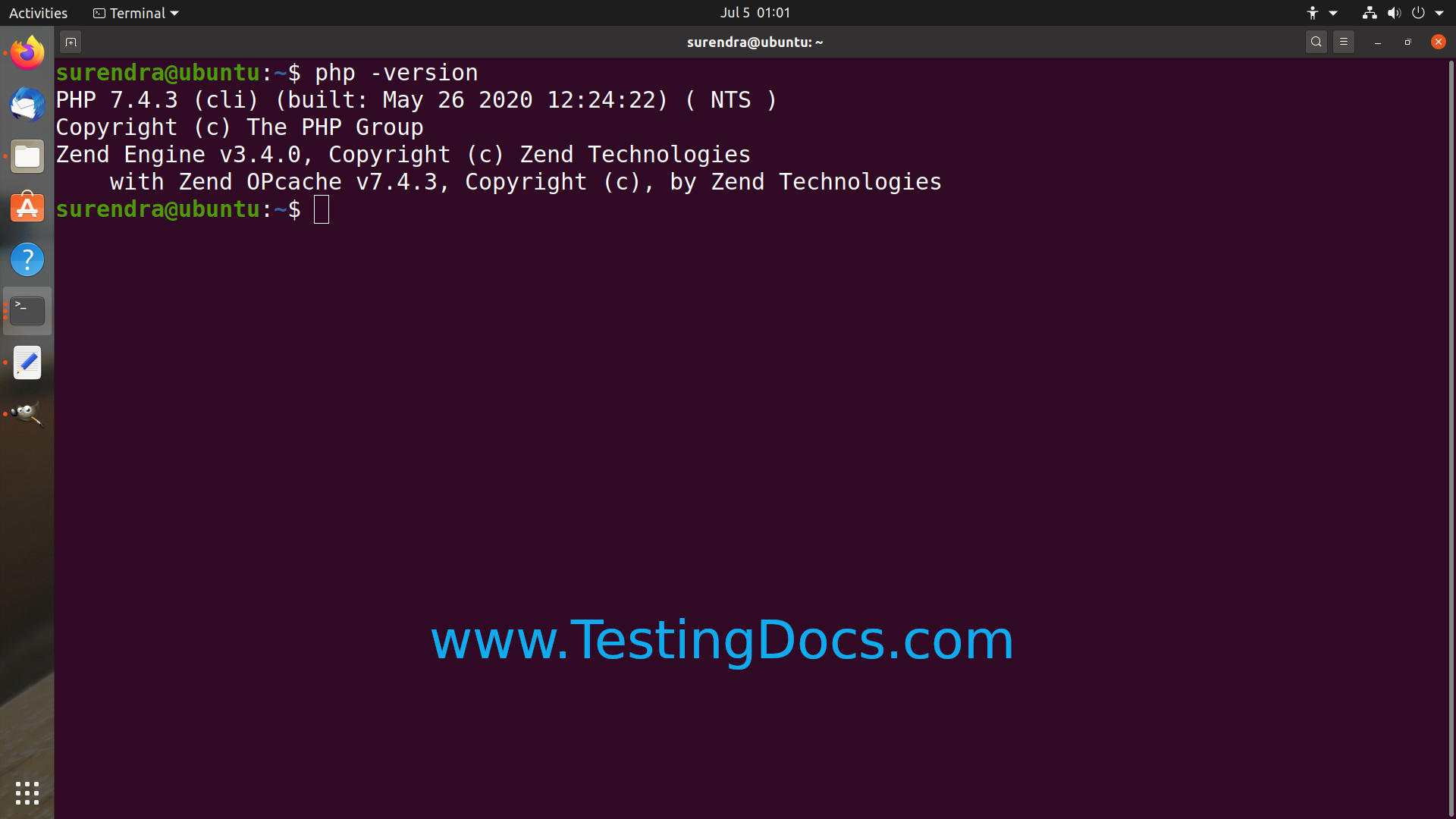

Right-clicking the context menu and selecting the Split menu option.On hover, selecting the inline split button.Hover the icon to read status information, which may contain actions. Some examples are a bell (macOS) and for tasks, displaying a check mark when there are no errors and an X otherwise. Icons may appear to the right of the terminal title on the tab label when a terminal's status changes. Navigate between terminal groups using focus next ⇧⌘] (Windows, Linux Ctrl+PageDown) and focus previous ⇧⌘[ (Windows, Linux Ctrl+PageUp). Remove terminal instances by hovering a tab and selecting the Trash Can button, selecting a tab item and pressing Delete, using Terminal: Kill the Active Terminal Instance command, or via the right-click context menu. This action creates another entry in the tab list associated with that terminal. Terminal instances can be added by selecting the + icon on the top-right of the TERMINAL panel, selecting a profile from the terminal dropdown, or by triggering the ⌃⇧` (Windows, Linux Ctrl+Shift+`) command.

Tip: Change the tabs location using the setting. Each terminal has an entry with its name, icon, color, and group decoration (if any). The terminal tabs UI is on the right side of the terminal view. There's a dedicated troubleshooting guide to help you with these sorts of problems.
OPEN IN TERMINAL UBUNTU CODE
Note: If you're having trouble launching your preferred shell in the integrated terminal, it may be due to your shell's configuration or a VS Code terminal setting. You can learn more about configuring terminal shells in the terminal profiles section below. You can select other available shells to use in terminal instances or as the default such as Command Prompt on Windows, and zsh on macOS and Linux. The integrated terminal can use various shells installed on your machine, with the defaults being:

Note: Open an external terminal with the ⇧⌘C (Windows, Linux Ctrl+Shift+C) keyboard shortcut if you prefer to work outside VS Code.

set the working directory for each tab as "/home/ubuntu/Documents/". Vii) Click on a Terminal text which is under the window menu. Vi) On double clicking on "New Layout" text and the set name of your layout V) Set name of a layout as "my layout" whatever you want
OPEN IN TERMINAL UBUNTU INSTALL
Install terminator using the following command If we want to save those opened tab location. Again, we have to open those tab manually. We have to open multiple tabs with specific microservice.


 0 kommentar(er)
0 kommentar(er)
